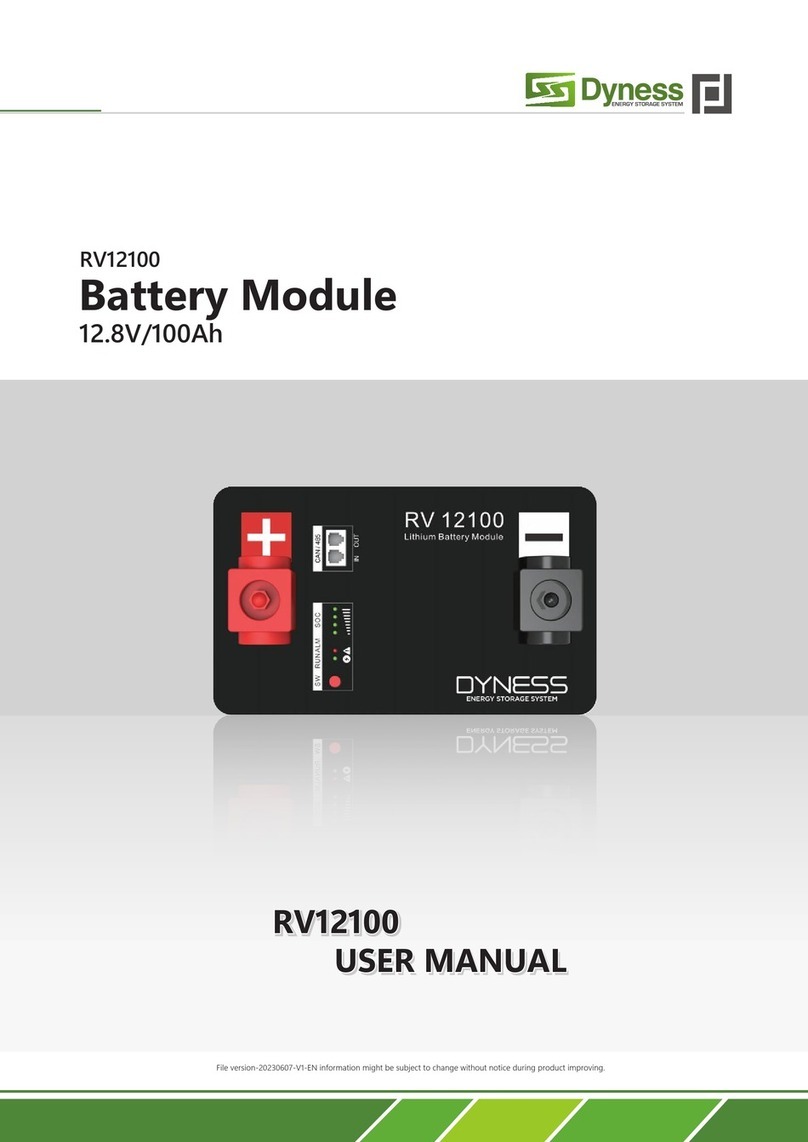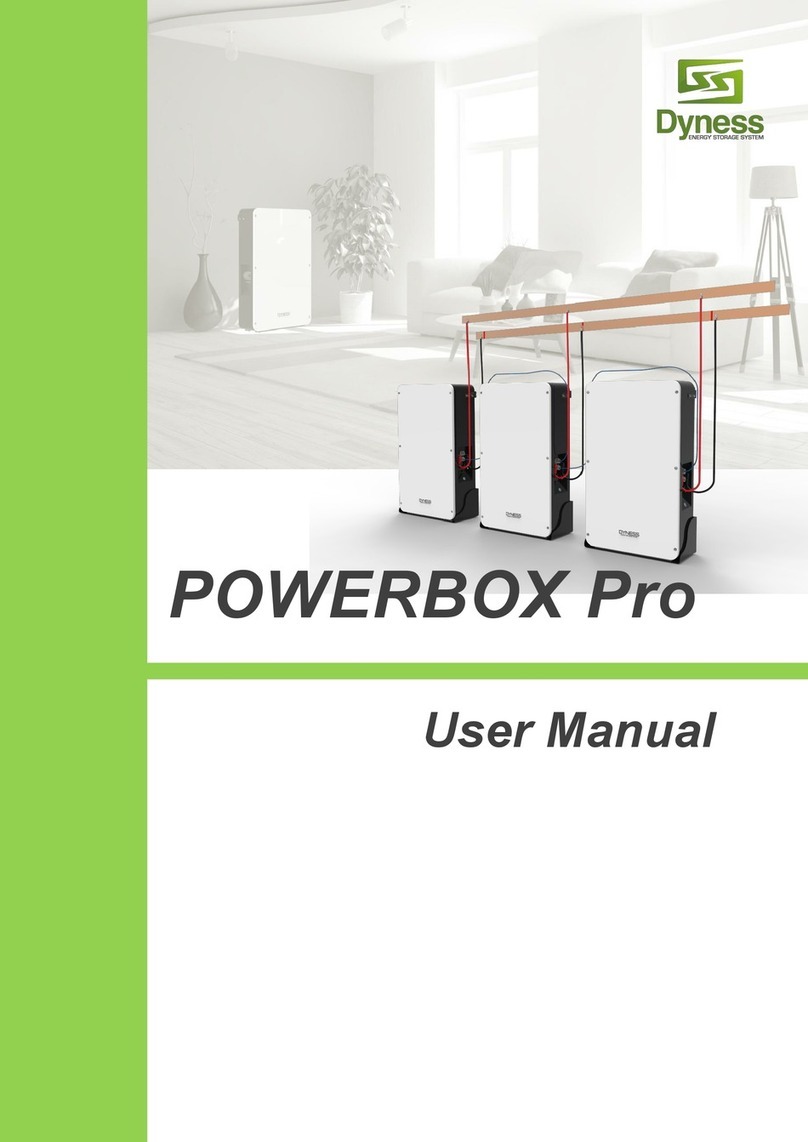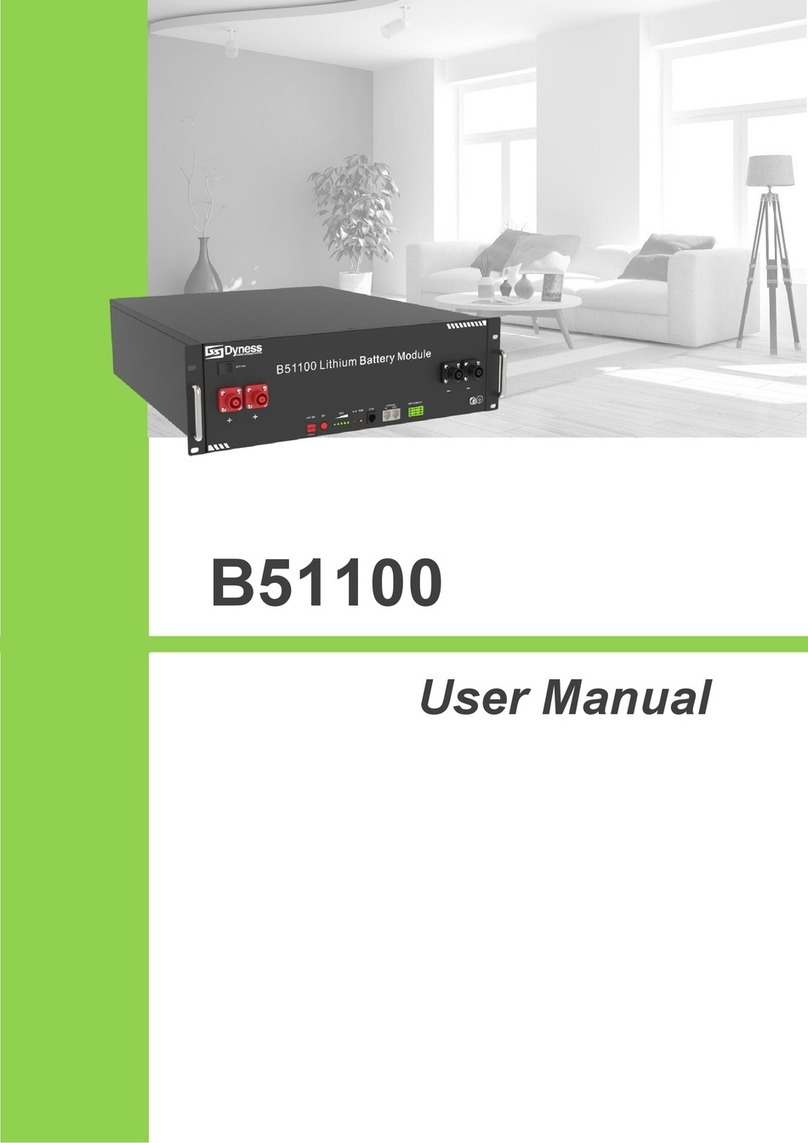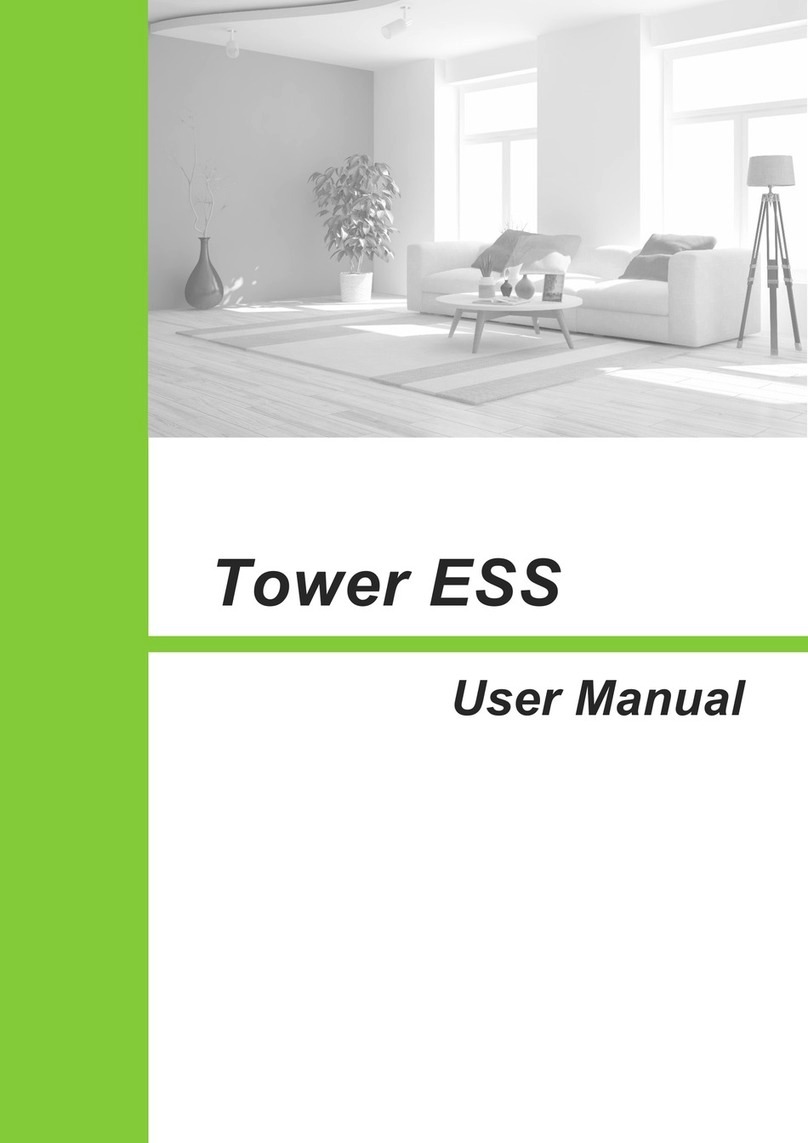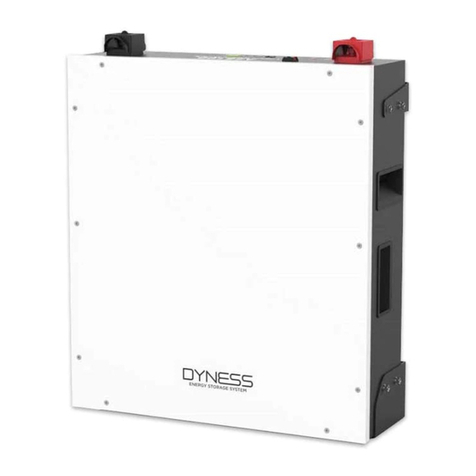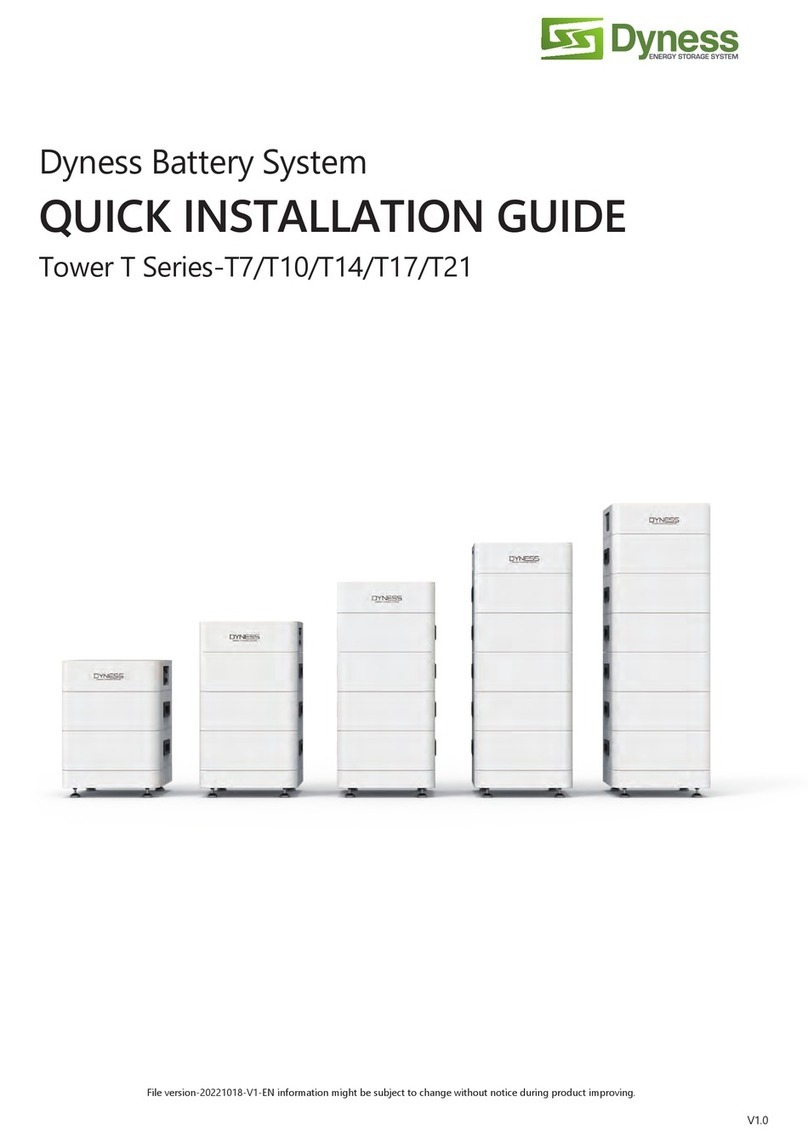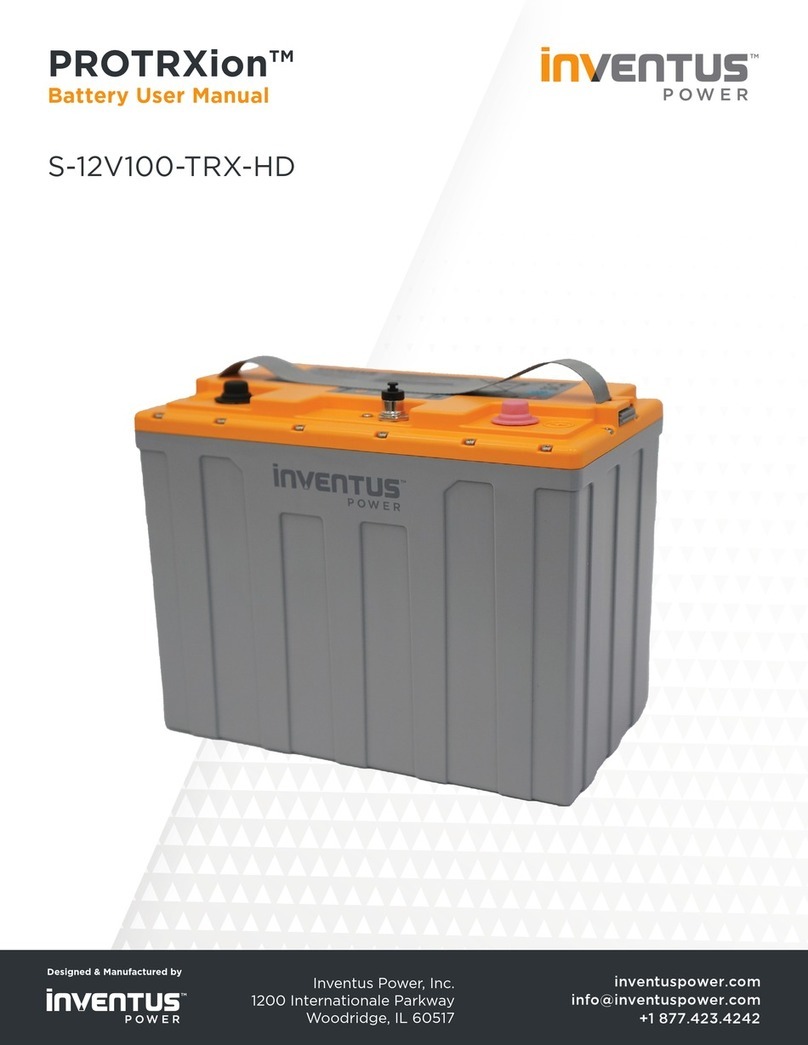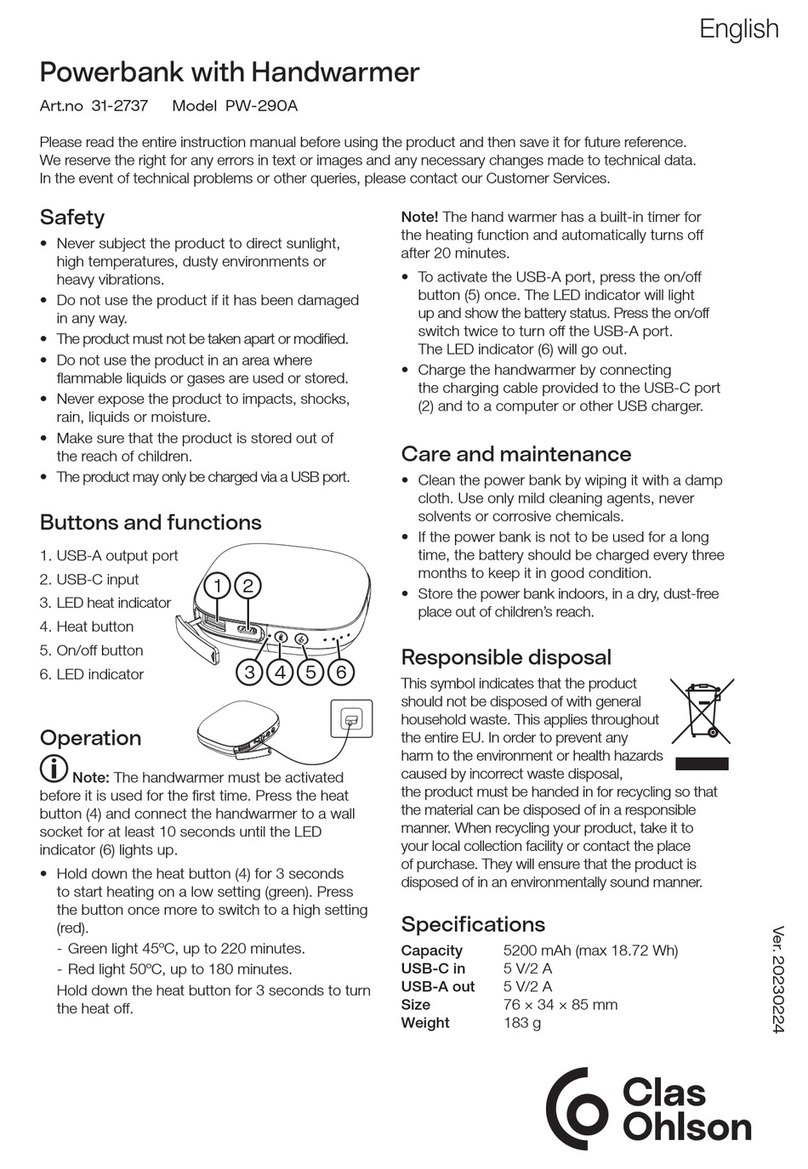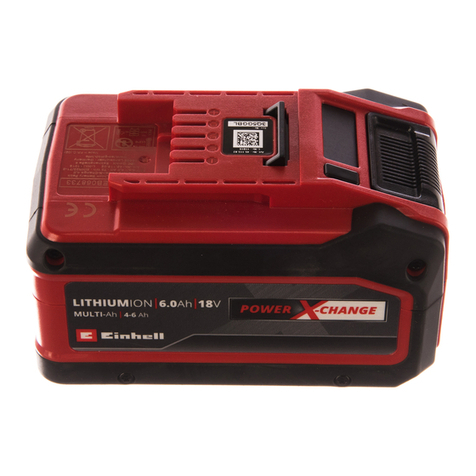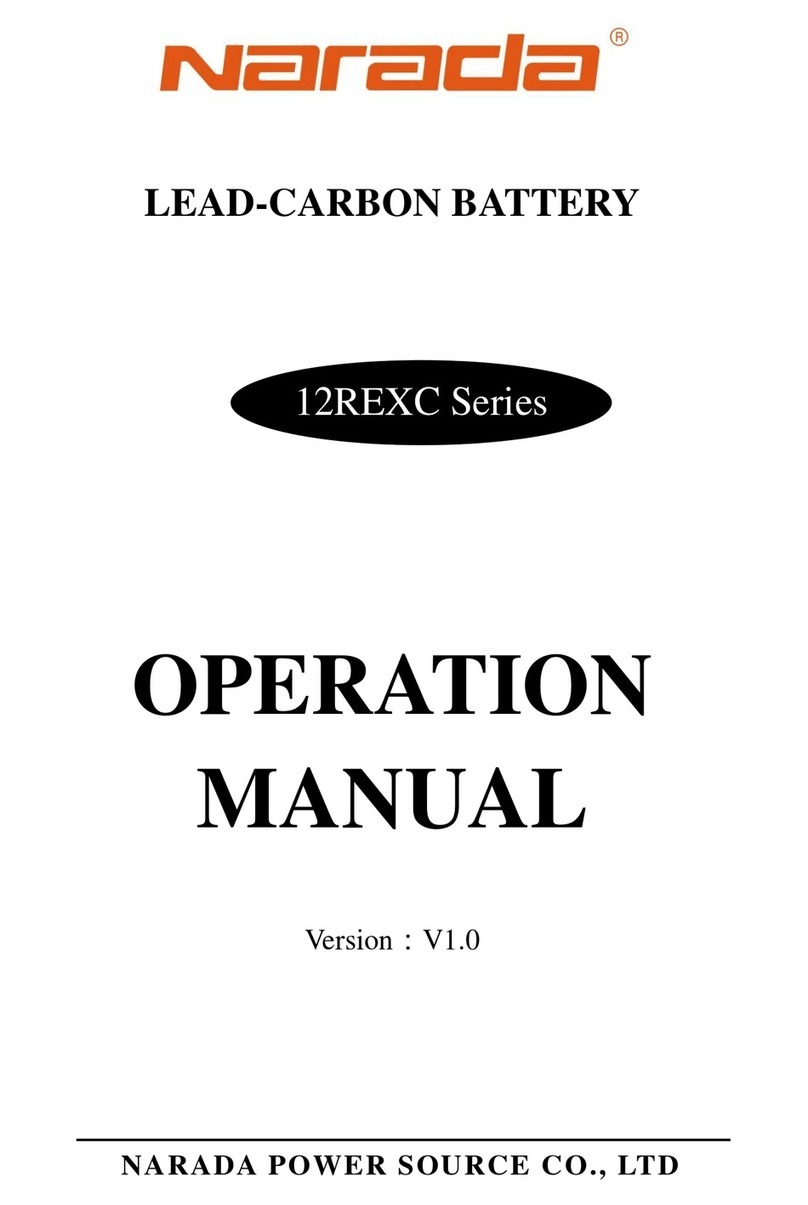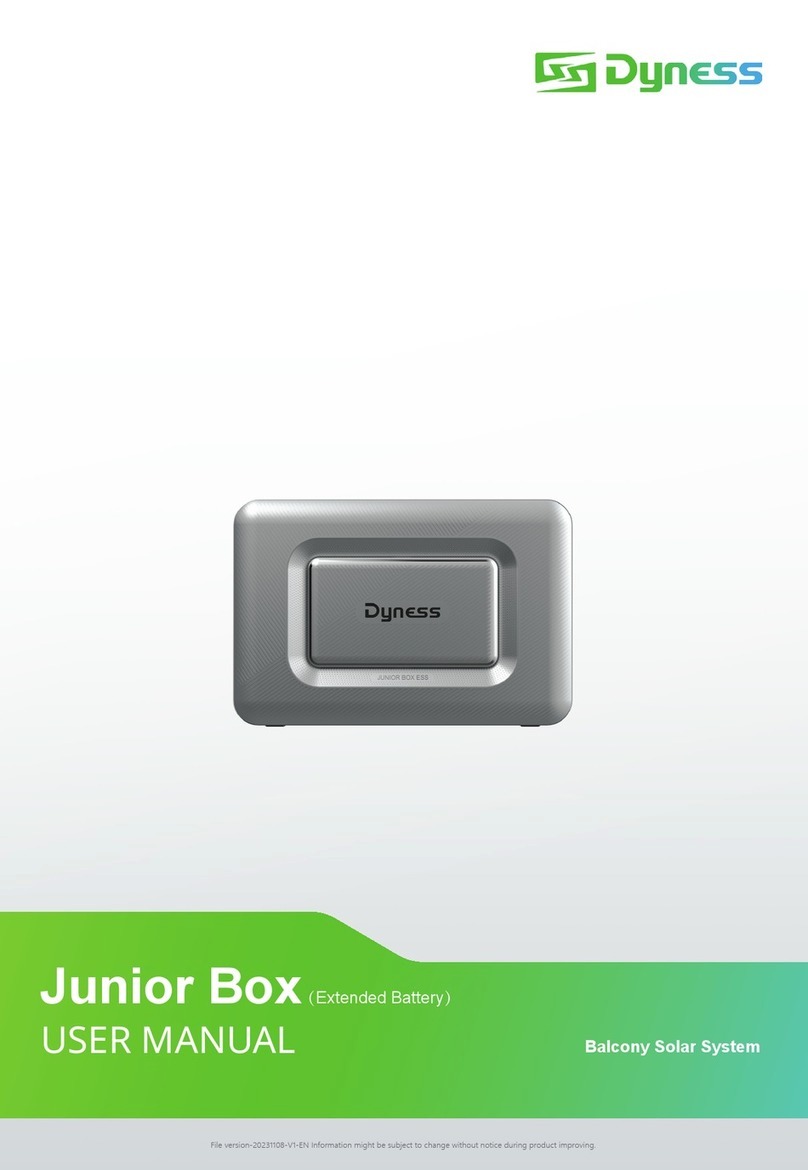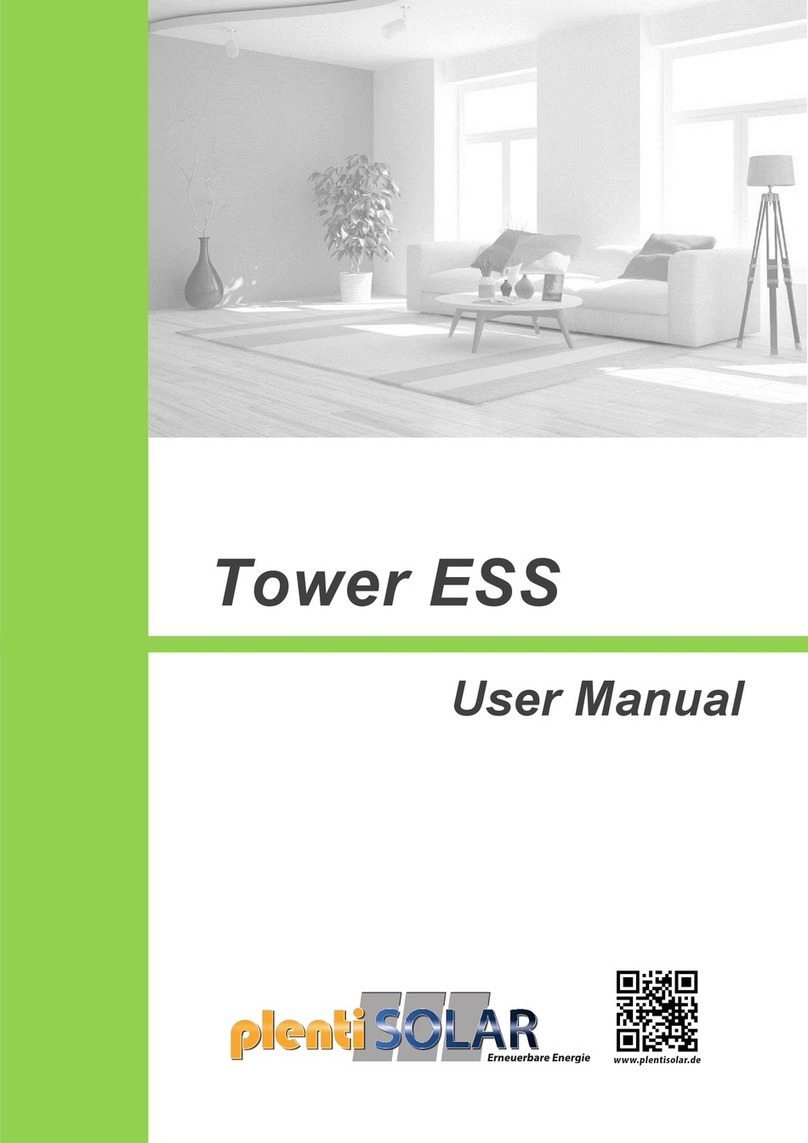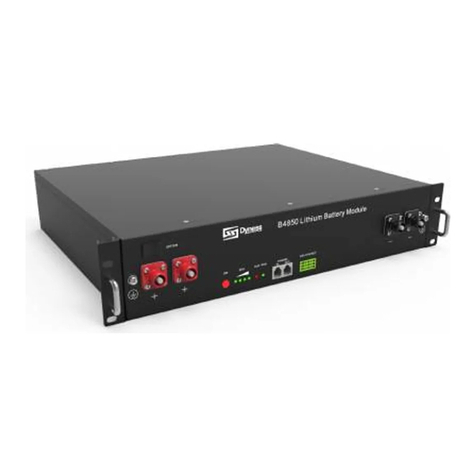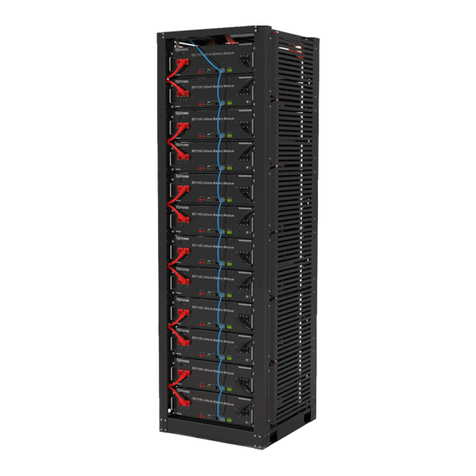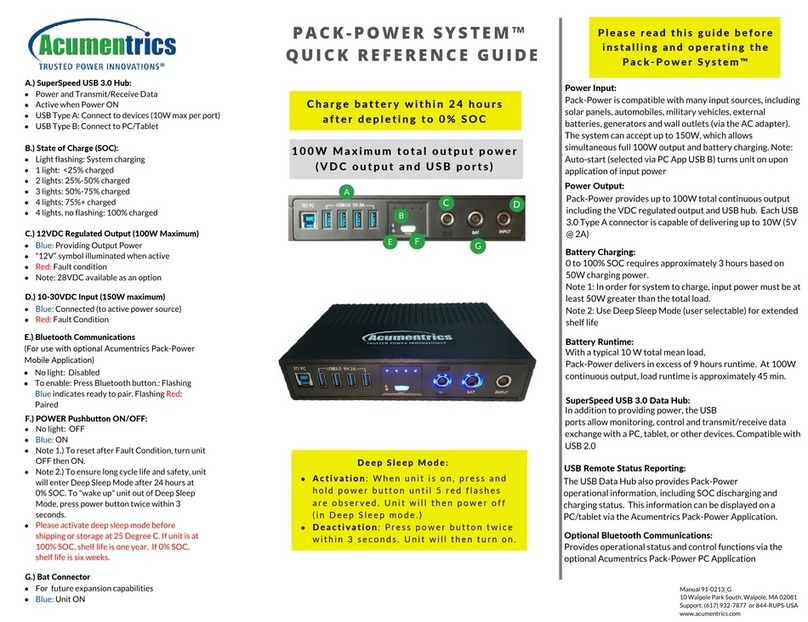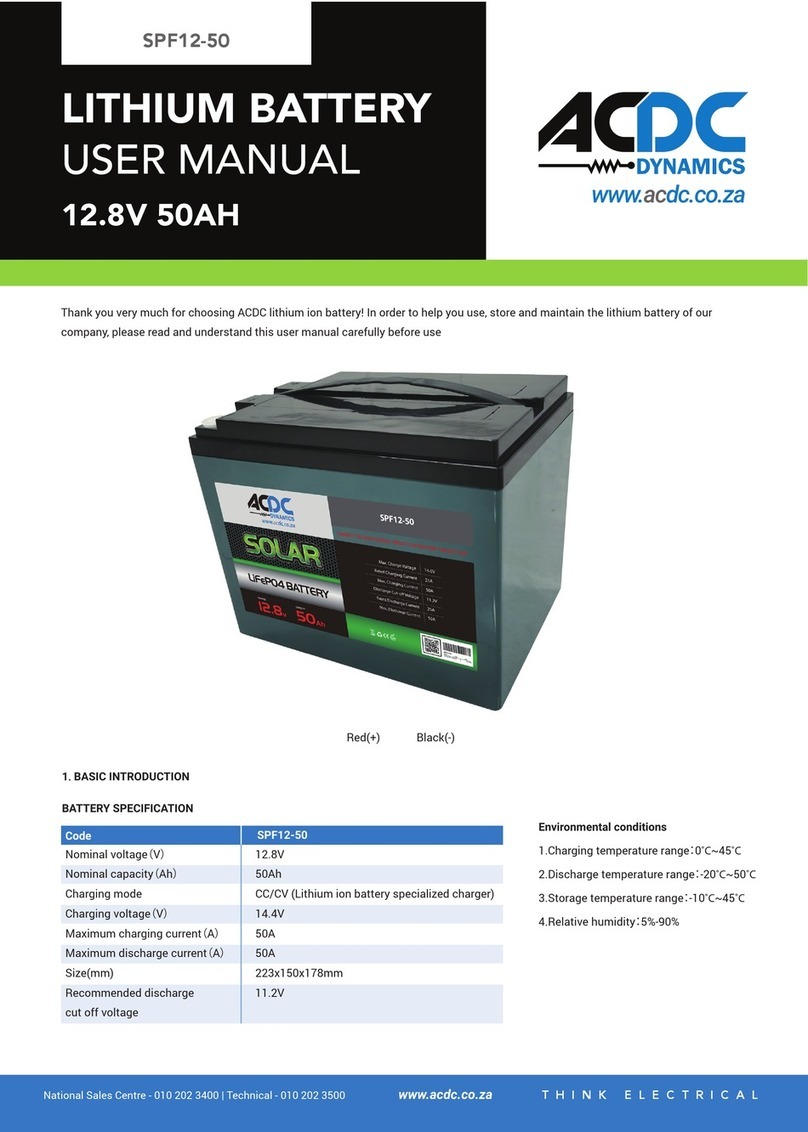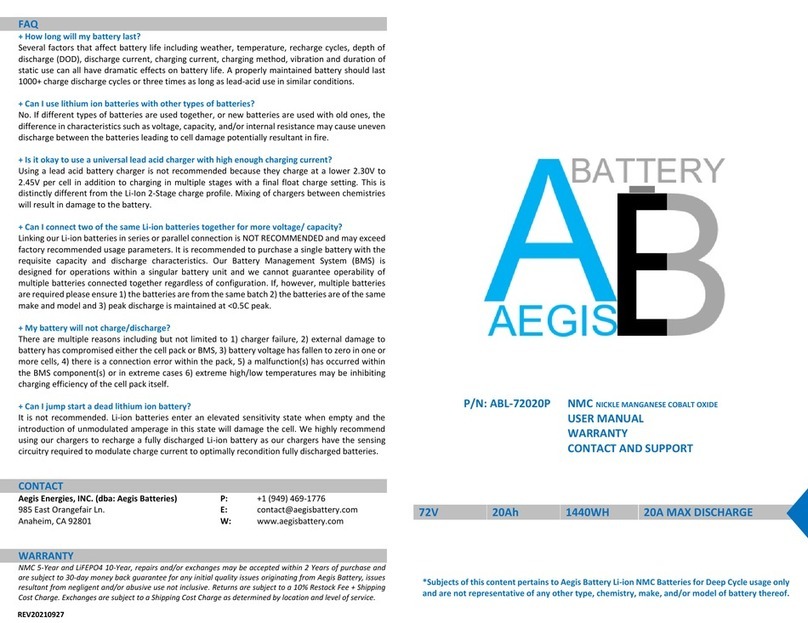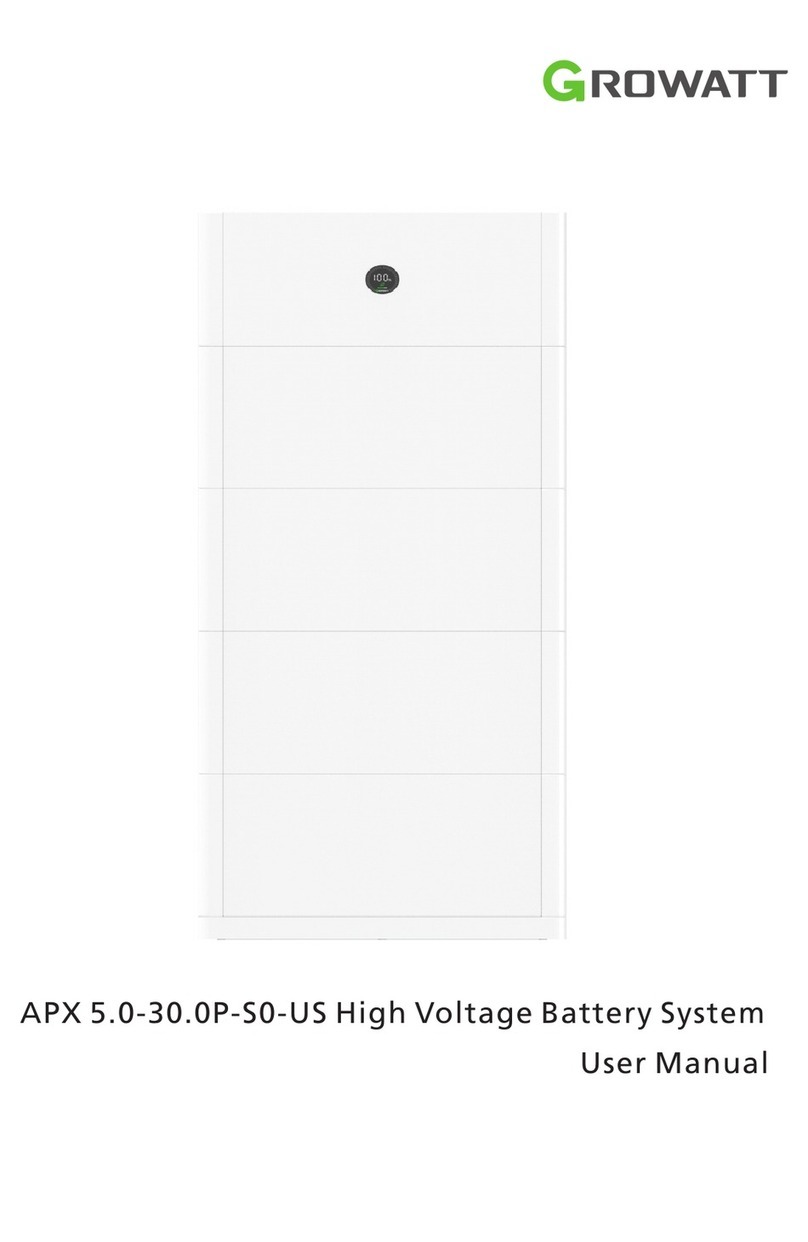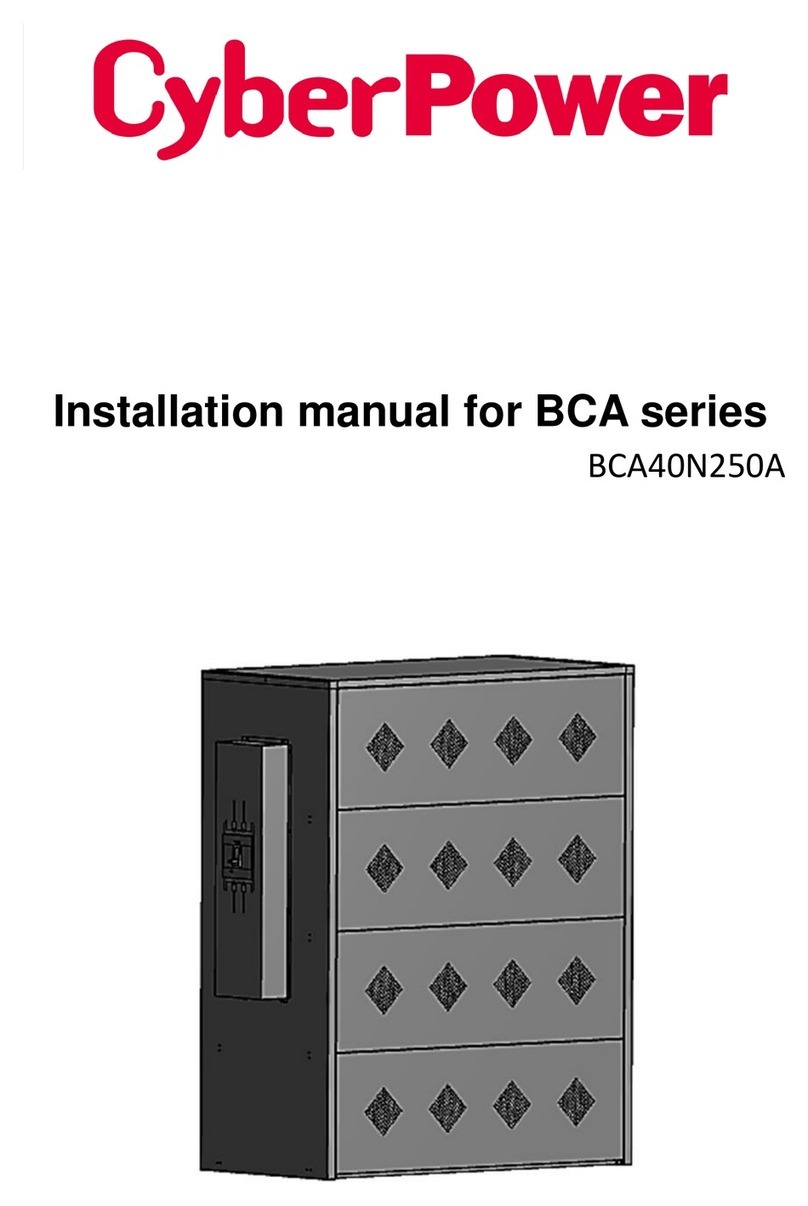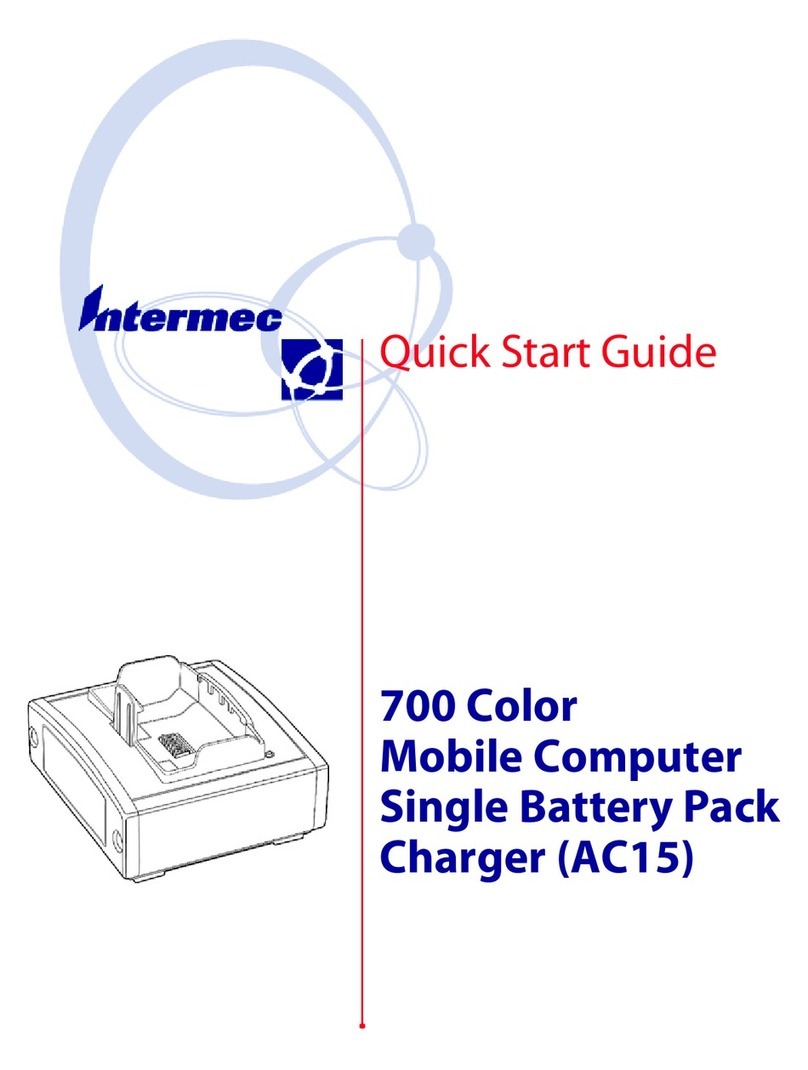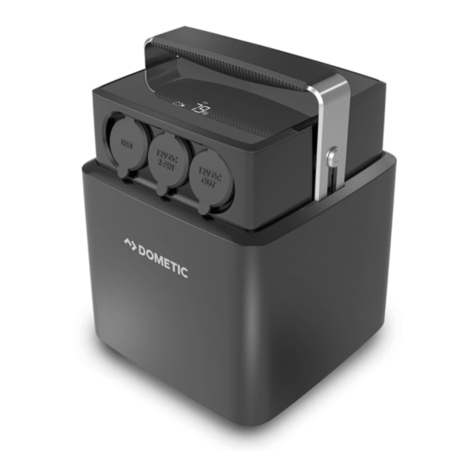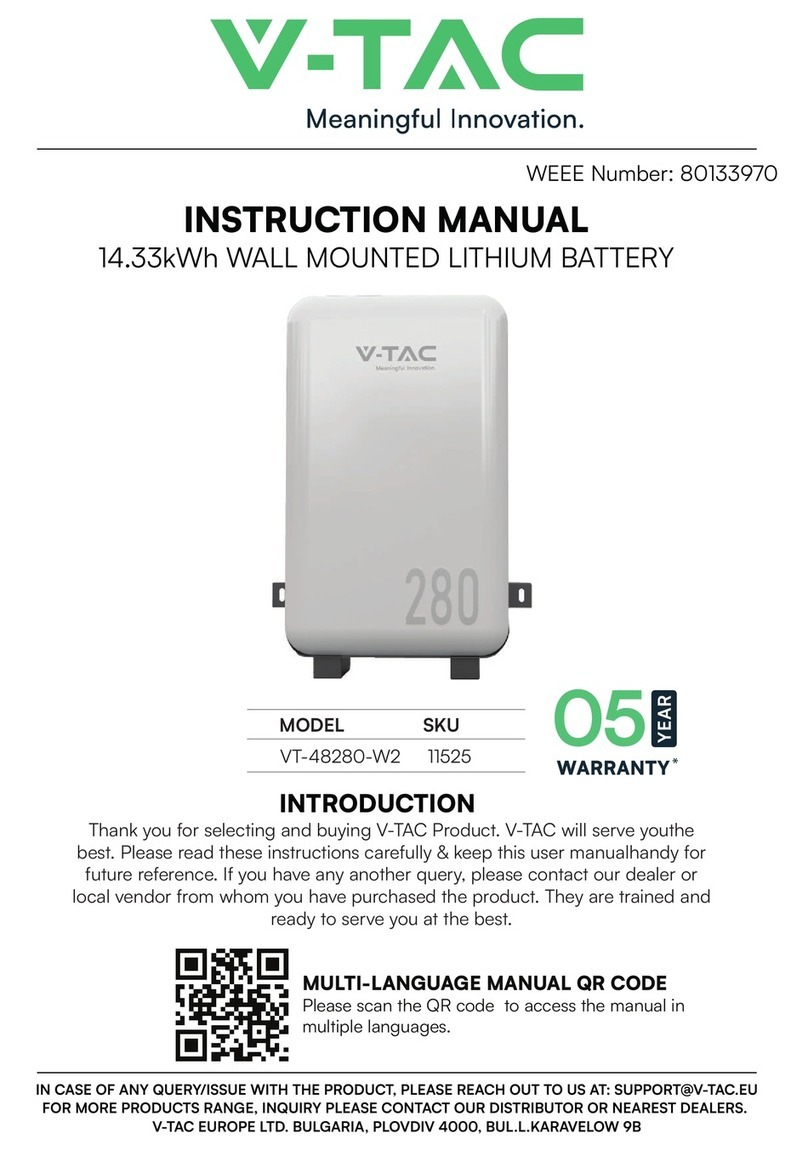
POWERCUBE User Manual
I
Content
Statement of Law ..................................................................................................................................... 1
Safety Precautions.................................................................................................................................... 2
Preface...................................................................................................................................................... 3
1 Introduction.......................................................................................................................................... 4
1.1 Brief Introduction .......................................................................................................................... 4
1.2 Product Properties........................................................................................................................ 4
1.3 Product identity definition............................................................................................................ 4
2 Product Specification............................................................................................................................ 6
2.1 Size and Weight ............................................................................................................................ 6
2.2 Performance Parameter ............................................................................................................... 6
2.3 Interface Definition....................................................................................................................... 6
2.3.1 DIP switch definition and description .................................................................................... 8
2.4 Battery Management System(BMS) ........................................................................................... 11
2.4.1 Voltage Protection .............................................................................................................. 11
2.4.2 Current Protection .............................................................................................................. 11
2.4.3 Temperature Protection ..................................................................................................... 11
2.4.4 Other Protection ................................................................................................................. 11
3 Installation and Configuration ............................................................................................................ 12
3.1 Ready for installation.................................................................................................................. 12
3.1.1 Environmental requirements .............................................................................................. 12
3.1.2 Tools and data..................................................................................................................... 12
3.1.3 Technical preparation ......................................................................................................... 13
3.1.4 Unpacking inspection.......................................................................................................... 13
3.1.5 Engineering coordination.................................................................................................... 15
3.2 Equipment installation................................................................................................................ 15
3.2.1 Installation preparation ....................................................................................................... 15
3.2.2 Mechanical installation ........................................................................................................ 16
3.2.3 Electrical installation ........................................................................................................... 19
4 Use, maintenance and troubleshooting ............................................................................................. 25
4.1 Battery system usage and operation instructions ...................................................................... 25
4.2 Alarm description and processing............................................................................................... 26
4.3 Analysis and treatment of common faults.................................................................................. 26
